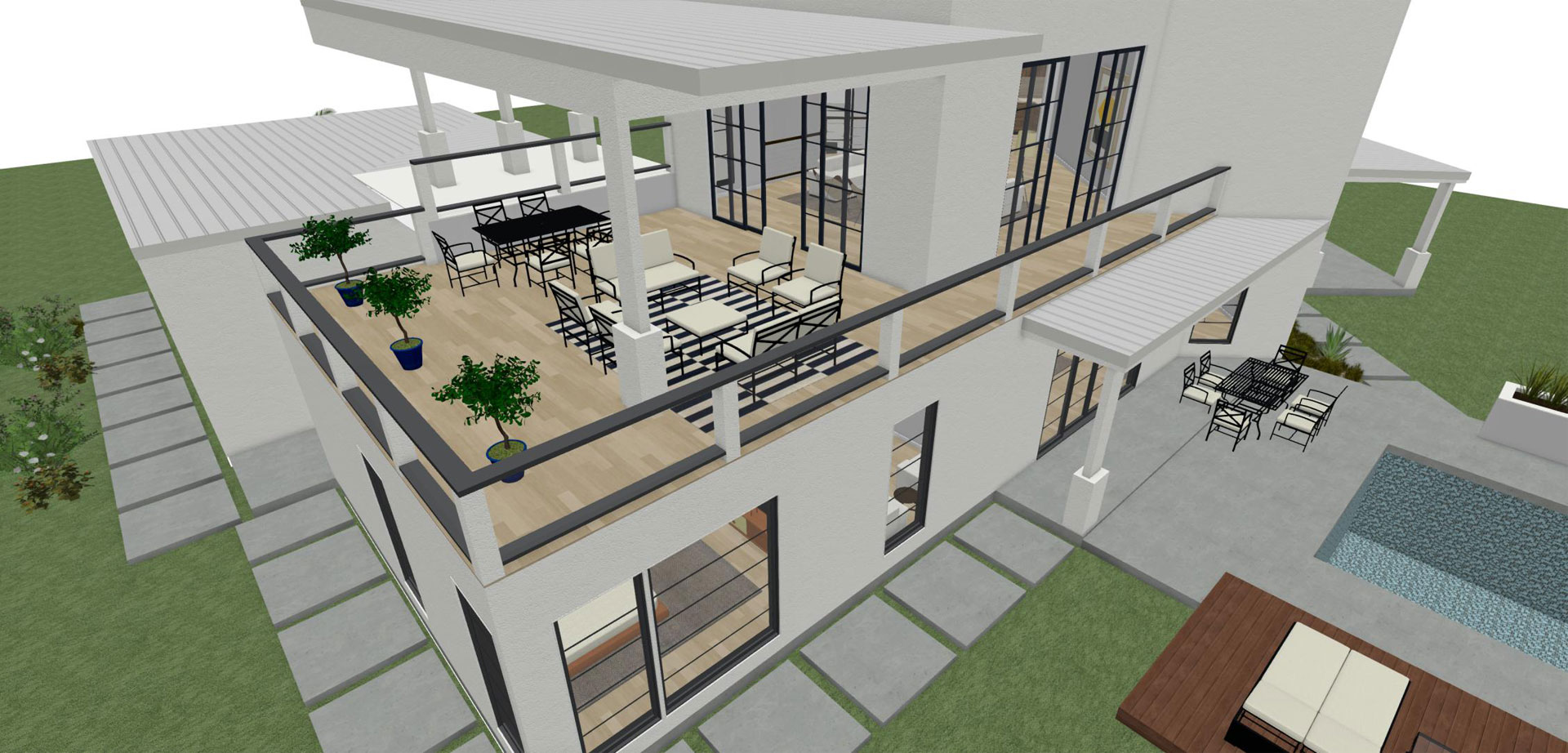The Essential Role of an Architect in Shaping Lasting Urban Settings for Future Generations
The role of an engineer in crafting lasting metropolitan atmospheres is significantly critical in responding to the obstacles of environment modification and urbanization. By perfectly incorporating eco-friendly concepts into their layouts, designers not only boost the aesthetic and useful quality of city rooms but likewise address pressing problems such as energy performance and social equity.
Recognizing Lasting Urban Design
Sustainable city style integrates ecological concepts with metropolitan planning to create atmospheres that are not just livable however also resilient. This technique highlights the value of including all-natural systems right into the metropolitan material, making sure that growth meets the requirements of the here and now without endangering the capability of future generations to meet their very own requirements. Trick elements of sustainable metropolitan style include reliable land usage, the promo of biodiversity, and the assimilation of green spaces, every one of which add to boosted high quality of life for citizens.
In addition, sustainable urban layout prioritizes the decrease of the urban warmth island result, improved air top quality, and reliable stormwater administration. It urges making use of renewable energies and energy-efficient building methods, which substantially reduced carbon footprints. Lasting metropolitan design promotes social equity by creating obtainable public areas and promoting mixed-use advancements that provide to varied populations.
Via thoughtful preparation and ingenious design methods, sustainable city settings can enhance neighborhood resilience against climate modification while fostering financial advancement. This alternative strategy not just addresses instant metropolitan challenges however additionally prepares for healthier, more sustainable cities for generations ahead.
Trick Obligations of Architects
Engineers play a pivotal function in shaping lasting city settings by converting style concepts into tangible structures and areas. Their obligations encompass a wide variety of activities that add to the general success of metropolitan style jobs.
Primarily, designers carry out thorough website analyses to comprehend the environmental, social, and social context of their tasks. This foundational knowledge notifies their style decisions, guaranteeing that buildings balance with their environments. They also take part in collective processes with stakeholders, including city planners, engineers, and the area, fostering an inclusive approach to urban development.
Furthermore, designers are entrusted with developing layouts that enhance power efficiency, resource conservation, and performance. They must comply with regional zoning regulations, building codes, and sustainability certifications, making certain conformity while pushing the limits of development.
Furthermore, engineers are accountable for taking care of the style procedure, collaborating with various experts throughout the building and construction phase to ensure that the vision is realized properly (cda architects). Inevitably, their role is not solely regarding visual appeals; it is regarding creating resistant, flexible areas that improve the quality of life for existing and future generations, preparing for lasting metropolitan living
Ingenious Materials and Techniques

Furthermore, improvements in innovation have brought about the growth of high-performance materials, such as shielded concrete forms (ICFs) and photovoltaic or pv glass, which add to energy preservation and harness renewable resource. Strategies such as passive solar layout and eco-friendly roofing systems further exhibit just how architecture can integrate with natural systems, lowering reliance on man-made home next page heating and cooling.
Additionally, the integration of clever materials, which adjust to ecological modifications, supplies appealing methods for enhancing structure performance. These products can react to temperature level fluctuations or wetness degrees, enhancing comfort and sustainability.
Eventually, the strategic choice and application of cutting-edge materials and techniques equip designers to develop urban areas that are not just practical and visually pleasing yet also durable and eco responsible, making sure a sustainable future for generations to come. cda architects.
Neighborhood Involvement and Collaboration
The success of ingenious products and methods in sustainable city style is substantially boosted by energetic neighborhood interaction and collaboration. Engineers have to acknowledge that the built setting greatly impacts the lives of local homeowners, making it critical go to this website to involve them in the style procedure. Engaging the area promotes a feeling of possession and responsibility, guaranteeing that developments not just meet aesthetic and practical requirements but additionally show the worths and ambitions of those that populate them.

Effective area engagement additionally helps in prioritizing social equity within metropolitan advancement. By thinking about the voices of marginalized populations, designers can produce areas that are comprehensive and fair. By doing this, area engagement and collaboration become integral to achieving really sustainable city environments that serve the needs of existing and future generations.
Future Fads in Lasting Style
An arising emphasis on flexible reuse and round economic climate principles is readied to redefine the landscape of lasting style. As cities grapple with raising populace thickness and environmental challenges, engineers are significantly transforming to methods that enhance existing structures instead of seeking new builds. This strategy not just protects cultural heritage yet additionally substantially minimizes source consumption and waste.
Additionally, innovations in innovation are shaping future fads in sustainable style. The integration of wise products and building systems permits real-time energy management, boosting effectiveness and reducing carbon impacts. Developments such as green roofing systems, living walls, and energy-generating exteriors are becoming standard methods, better advertising environmental equilibrium within metropolitan settings.
Furthermore, a change towards biophilic design is obtaining traction, stressing the connection between nature and human health. By including natural environments, designers develop areas that cultivate mental health while advertising biodiversity.
Conclusion
In verdict, architects are crucial ahead of time sustainable metropolitan environments with their knowledge in design, ingenious materials, and neighborhood engagement. By prioritizing energy performance and source conservation, these experts add to the production of click now resilient metropolitan areas that fulfill the requirements of existing and future generations. The assimilation of ecological principles not only improves livability however additionally fosters social equity, guaranteeing advancements reverberate with the worths and aspirations of the communities they offer.